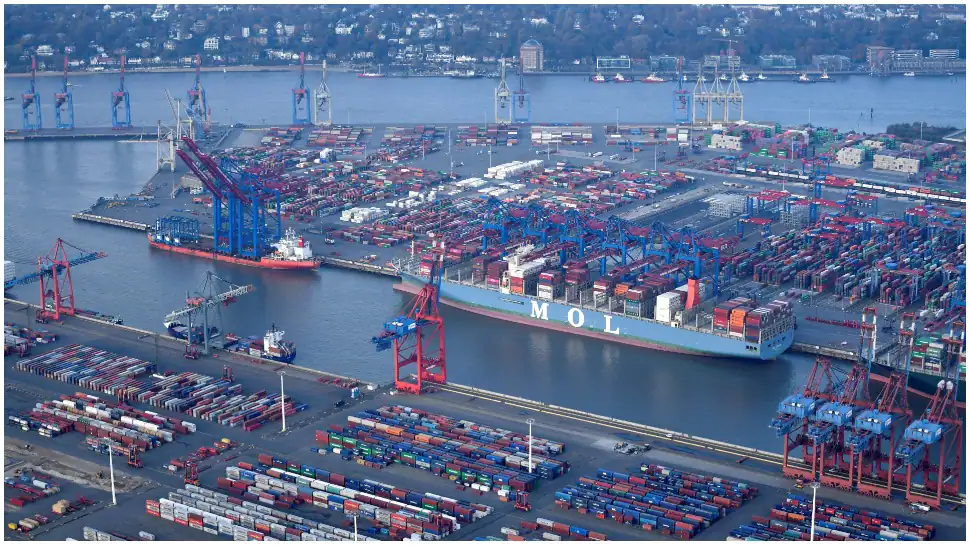Panasonic Life Solutions (formerly known as Anchor Electricals) is spending an average of Rs 150-200 crore on an annual basis, which was directed at expansion of capacity and establishment of the quality system, etc. initially. Now, the fund is being redirected towards product development, new product launches, Dinesh Aggarwal, Joint Managing Director, Panasonic Life Solutions India, told Tanya Krishna of FinancialExpress.com. Panasonic Life Solutions is planning to ‘further increase its fund infusion, as and when required for growth and further diversification’. “Panasonic is now focusing on three pillars – safety, comfort and energy and is strengthening three segments which include residential segment, commercial spaces and public infrastructure, for future growth,” said Dinesh Aggarwal. Here are the edited excerpts from the interview:
Tell us about your expansion and business diversification plans in India, for this fiscal. When you say there is focus on business diversification, what are you implying? What are the timelines for these?
We started expanding in newer markets after acquisition by Panasonic, with focus on tier-III and -IV towns and this is going to be a continuous process. While we are already servicing about 1.5 lakh outlets today, we hope to have touched about 2 lakh outlets by the end of this financial year. We are constantly looking at our product portfolio; the initial years were spent on consolidating the existing core products that we have and post that, we started diversifying our business. This included our solar business plan which includes commercial as well as industrial rooftop installations.We are heavily using technology, automation, IoT, etc. Sector wise, we are focusing on residential segment, commercial segment which includes office spaces, hotels, hospitals, etc. and public infrastructure which include metro stations, airports, highways, etc. All our projects and diversification plans have one thing in common, that is, all of these are moving in the direction in which India is moving.
What kind of investment are you planning to facilitate these plans?
We have been spending on average between Rs 150-200 crores every year. Initially, this money went into the expansion of capacity and establishment of the quality system, etc., 2015 onwards, a lot of money is now getting spent on product development or launch of new products. However, the path that we are taking is a low capex path, since most of these components, for example, are not being produced in-house, the control part is ours, the quality check role is ours. These are all low capex entries into the various businesses. We entered the kitchens category which is being fully imported. Our business, basically, is really into the showrooms, into the marketing of the product and of course the sales infrastructure that we create.
Where does India stand as a manufacturer for electrical and electronic solutions?
I am a strong believer in India’s capacity to become a manufacturing hub. Once we have electronic components in place like semiconductor, chips, etc., India will be unbeatable when it comes to manufacturing. Talking about Panasonic Life Solutions, we are catering to the India demand primarily and are also exporting to our neighbouring countries like Nepal, Bhutan, Bangladesh and Sri Lanka, while also starting to expand to Africa through our sister company, Panasonic Dubai. We are already contributing to nearly 10 per cent of Panasonic’s business outside of Japan and a much larger portion of profits of the company.
What percentage of the overall requirements in India are being imported right now?
If we talk about the switches, switchgear, etc, it is less than 5 per cent and most of these are being made locally. But when it comes to LED lighting and decorative lighting, all of that is being imported from China. So if I take the entire lighting market of about Rs 25000 crores, 25-30 per cent of it is being imported. But there’s a catch here – out of the balance 75 per cent that’s manufactured in India, the components for most of them are from China. But things will soon change once the electronic industry in India becomes stronger.
The last two years have been difficult for companies across industries. How is Panasonic Life Solutions bouncing back now? What kind of pivot strategies are working out for the firm?
Overall, we were not very badly hit during the pandemic. Most of the companies which are related to construction only suffered during the first 6 months. And post that, the developers and builders got their act right and the labourers started moving back to the cities from their villages. While we had a shortfall vis-a-vis the business plan we had in 2020, the shortfall was around 10 per cent. We had majorly recovered in 2021 and so our growth had been substantial. We are now looking at the bounce back that is happening in the commercial spaces, especially in cities like Hyderabad, Bangalore, Pune, Mumbai, NCR. One the other hand, what really gave us a huge filip was the government business.
We ended the year at around Rs 4700 crore, growing at about 16-17 per cent. This year, we will grow more than 20 per cent.












